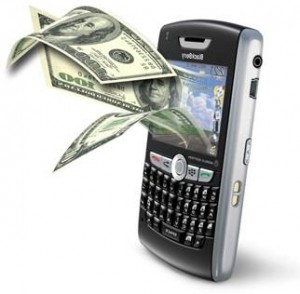Maximize trading with card based processing and redemption technologies that enhance and simplify transaction velocity.
You’ve seen it at the IRTA International Convention.
Order Now to Get your Custom Printed Trade Cards this Year!
The Trade Card is a milestone for the barter industry…
Process trade transactions at any merchant terminal or POS system worldwide:
No need to change merchant accounts
No terminal software upload
No staff training required
The Trade Card is used exactly like a credit card to pay for purchases at any merchant terminal or POS system where MasterCard is accepted in over 200 countries.
Dining, Gift and Rewards programs for Point of Purchase redemption and data capture…
Eliminates the hassle for your exchange to print scrip and manage scrip distribution.
Members can now pay the exact amount of their purchase with trade dollars instead of buying scrip.
Eliminates complaints about no change when a member’s purchase is less than the scrip amount.
Eliminates the need to pay balances in cash when purchases are greater than the scrip amount.
Today, payments are digital and processed in real-time.
Why would you still use checks, drafts or scrip?
Brilliant benefits that enhance member satisfaction…
The Trade Card is quick, it’s easy, and it parallels the way people purchase in the cash world!
The same processing platform is used for Trade, Dining, Gift or Loyalty cards…
Load value (trade dollars) onto cards
Sell cards to members
Members can give cards as gifts, employee incentives or rewards.
The recipient uses the card for payment at any participating member.
Brand cards with your exchange logo, or even provide your own design. Custom card design is now available with payment in UC.
Contact lshepard@virtualbarter.com for details.
Ask about our Dining App to search for restaurants and entertainment venues by location or distance.
Apply for the Trade Card Program… Get increased trade velocity, greater transaction volume and enhanced profits.
Ready to roll? Enter your email address and start the process today at: www.globaltradecard.com!
Want to learn more? Click here: https://www.timetrade.com/book/MP2VL to request an appointment and get the skinny from a card program specialist.
Sincerely,
The VirtualBarter team


